Huqoq (חוקוק, ياقوق)
- Mike Levitt

- Oct 19, 2018
- 10 min read

Huqoq or Hukkok is mentioned in the Book of Joshua, as a Levite city.
The sixth lot came out to the children of Naphtali, for the children of Naphtali according to their families. [...] And the border turned westward to Aznoth- tabor, and went out from there to Huqoq, and met in Zebulun on the south, and met in Asher on the west, and in Judah at the Jordan toward the sun-rising. (Josh. xix, 32-34)
The Jerusalem Talmud records (Shevi'it 9.25a) that Rav Shimon ben Lakish was in Huqoq and saw the people dealing with mustard plants, a local industry there. He saw a plant dropped, and the townsman left it on the ground. Rav Shimon said, "If somebody will bring a mustard plant to me I shall rule following Rabbi Yehuda.
Ishtori Haparchi―the 14th-century Jewish physician, geographer, and traveller, Isaac HaKohen Ben Moses―identified Huqoq with the later Arab village of Yaḳuḳ, a view supported by 19th-century scholar Edward Robinson, as well as Conder and Kitchener in their Survey of Western Palestine (1881), and well accepted today. Ishtori passed through Huqoq in 1322, and wrote in his book, Kaftor Vaferach, that he saw a synagogue there with a very ancient floor. By the time Conder and Kitchener visited, they noted a village of 200 Muslim inhabitants, surrounded by arable land, with only "Traces of ancient remains at this village, and a rock-cut birkeh with steps leading down, all cut out of the rock."
Although Ishtori claimed that the place must not be confused with the Huqoq of Asher, though later scholars agree it is probable that this place is identical with the Huqoq that fell to the lot of Asher, as the frontier line coincided with the western limit of Asher.
And from the tribe of Asher, Mashal and the open land around it, and Abdon and the open land around it. And Huqoq and the open land around it, and Rehov and the open land around it. (I Chron. vi, 59-60)
The earliest mention of the name Yaquq is in Signs of the Tomb Inscription by Rabbi Jacob, emissary of the Yeshiva of Rabbi Yehiel of Paris (before 1257 CE). The name likely preserves the ancient name of Huqoq.
The ancient village of Huqoq was relatively large (25–30 dunams) and prosperous thanks to a perennial fresh water spring which remains to this day at the foot of the eastern slope. The site of ancient Huqoq and the later village of Yaquq was inhabited from the Early and Middle Bronze Age. Given its name by the Canaanites, the Romans called it Hucuca. Rabbinic sources indicate that Huqoq flourished during the Late Roman and Byzantine periods.Pottery from excavations on site suggests occupation continued during the Hellenistic, Early Roman, Abbasid, Fatimid, Mamluk, and Ottoman periods.

The Kinneret and Tiberias from the road next to Huqoq
In 1945, the Hukok fortress was built by Solel Boneh, a little over a kilometre from Yaquq, as a strategic settlement post. A kibbutz―using the old Biblical name of Hukok―was established there in 1946 by graduates of the Mikveh Israel agricultural school and members of the HaNoar HaOved VeHaLomed youth movement. After the 1948 war of independence, the fortress was used as an absorption center for new immigrants.
Yaquq is thought to have been depopulated in May 1948, though Benny Morris finds no evidence whether this was by expulsion, fear or abandonment. Subsequently the village was used as a training site for the Israeli army until it was bulldozed in 1968, seemingly with no consideration of its archaeological value. Never previously excavated, since 2011, excavations led by Dr Jodi Magness, of the University of North Carolina at Chapel Hill, have been bringing to light not only the various strata at Huqoq, but a monumental, Late Roman synagogue paved with stunning mosaics, depicting a variety of biblical scenes, and the first non-biblical story ever discovered decorating an ancient synagogue. In 2018, photographs of newly discovered mosaics were published in conjunction with a 70-page interim report of the excavations from 2014–2017.

Mosaic inscription and face from the Ancient synagogue, Huqoq [Credit: Jim Haberman - Jodi Magness., CC BY-SA 3.0, https://commons.wikimedia.org/w/index.php?curid=28197732]
The ancient village extends to the south of the modern village on a broad, elongated terrace, on which few architectural remains are visible due to the later stone robbing. In the area of the modern village, blocks of houses with internal courtyards, separated by streets and alleyways with central squares, apparently preserve the layout of the ancient village. Finely-carved, decorated architectural elements of white limestone that belong to an ancient synagogue are visible among the ruins of the eastern part of the modern village, roughly in the center of the ancient settlement. The ancient village is surrounded by features such as cist graves, rock-cut tombs, a mausoleum, quarries, agricultural terraces and installations, a winepress and an olive press. Two large mikvaot (ritual baths) are hewn into bedrock on the eastern and southern periphery of the ancient village.
We visited on a hot, dry day in October. At the top of the hill one may see the excavations, though the mosaics were covered over with sacking and earth to protect them. Many fine pieces of masonry were however visible, both in situ and removed to a storage area.
The ancient synagogue―atop which was built a mediaeval public building reusing some of the earlier structure’s architectural elementsbut expanding it in size―was first uncovered in 2011. It is notable for its fine limestone carvings and mosaics. The nave and aisles of the Late Roman synagogue are paved with mosaics depicting figurative scenes that are arranged in panels. In 2015, the removal of balks in the east aisle exposed additional portions of mosaics. By the end of 2018, most of the east aisle (except for the northern end) and nearly all the nave (except for the southern edge) had been exposed.
After a patch of mosaic preserving part of a Hebrew or Aramaic inscription in a medallion, flanked by female faces, was discovered in 2012, further mosaics of extremely unique high quality were uncovered. The now-famous "elephant panel" was uncovered from 2013-2015. Magness writes, "Although there are no inscriptions identifying the episodes represented, the presence in the top register of battle elephants and a Greek king wearing a diadem and purple cloak sets the elephant panel apart in the corpus of ancient synagogue art. In all other synagogues,the subject matter depicted in narrative scenes derives from the Hebrew Bible. By contrast, the composition and iconography of this panel suggest that it portrays a historical event, either real or invented, from the late classical or Hellenistic period. The memorialization of a non-biblical event in a synagogue challenges scholarly assumptions concerning the historical consciousness of Jews in late antique Galilee, indicating that perhaps Jewish knowledge of the past was not circumscribed by the horizons of the biblical narrative." Of the various possible interpretations of the panel, Magness believes it represents the legendary meeting between Alexander the Great and the Jewish high priest. Others believe that—because the scene includes elephants outfitted for battle—the story of the Maccabean revolt against the Seleucid Empire in the mid-second century BCE is a more likely interpretation; the Seleucids were famed for including elephants in their armies.
Other scenes vary from well-known religious stories such as Jonah and the Whale, Noah’s Ark, and Pharaoh’s soldiers being swept away by the Red Sea and swallowed up by dozens of fish, to the pagan zodiac at the floor’s center. The mosaics at Huqoq are important because of their high artistic quality and the tiny size of the mosaic cubes. Says Magness, "This, together with the monumental size of the stones used to construct the synagogue's walls, suggest a high level of prosperity in this village, as the building clearly was very costly." Together with the colourful mosaics, the synagogue would have had painted walls and columns, evidenced from plaster chips with pigments of pink, red, orange, and white.
The irony i that, in choosing an unexcavated synagogue to excavate at Huqoq, Magness had o idea what a rich and unique discovery she would make. Her intention was simply to test her theories about dating ancient synagogues according to archaeological material found on site, rather than by the prevailing established method of dating by architectural style which she felt was problematic.
It is not known how long the Late Roman synagogue was in use, or why it was abandoned. It appears that, after it lay vacant for some time, it collapsed, possibly in an earthquake. Around the 12th century, Arab settlers reused some of the building materials for another monumental structure which was built atop the synagogue’s ruins, covering the mosaics.
At the bottom of the hill can be found the spring, in a cool wooded area, together with remains of tombs, and piles of sifted pottery left by the archaeologists.
Tomb of Habakkuk
Jewish, Christian, Druze and Muslim tradition all locate the tomb of the prophet, Habakkuk, in Huqoq and it has been a site of pilgrimage since the twelfth century. Almost nothing is known about Habakkuk, aside from what few facts are stated within the Book of Habakkuk, in which his name appears only twice (in 1:1 and 3:1), with no biographical details provided other than his title as prophet and the fact that he dated to the First Temple period, at the time of the Chaldeans ' ascent to power in the early seventh century BCE (Hab. 1:6), a time apparently after the Egyptian defeat at Carchemish (Jer. 46:2) and Hamath, when the Babylonian forces under Nebuchadnezzar occupied the area.
The tomb of Habakkuk
The Book of Habakkuk is the eighth book of the Twelve Minor Prophets. A partial copy of Habakkuk itself is included in the Habakkuk Commentary, a pesher found among the original seven Dead Sea Scrolls discovered in 1947. The Talmud (Makkot 24a) mentions that various Biblical figures summarized the 613 commandments into categories that encapsulated all of them. At the end of this discussion, the Talmud concludes "Habakkuk came and established [the 613 mitzvot] upon one, as it is stated: 'But the righteous person shall live by his faith' (Habakkuk 2:4)", meaning that faith encapsulates all of the other commandments. According to the Zohar (Volume 1, page 8b) Habakkuk is the boy born to the Shunamite woman through Elisha's blessing: "And he said, About this season, according to the time of life, thou shalt embrace [חבקת – hoveket, therefore Habakkuk] a son. And she said, Nay, my lord, [thou] man of God, do not lie unto thine handmaid."
The earliest mention of the tomb is a letter written by Rabbi Samuel bar Shimshon (1210 CE): "On our way back from Tiberias we went on to Kefar Hanan [Kfar Hananya]. In journeying there we came across the tomb of Habacuc in Kefar Hukkok." In 1215 Menahem ben Perez of Hebron visited the site, and wrote: "And I went from there, and saw the tomb of the prophet Habakkuk near a spring." The earliest detailed description appears in the book, These are the Travels (1270– 1291): "From there one goes to Ya‘aquq, where is the grave of the prophet Habakkuk, upon which there is a fine monument between four party walls." An Englishmen named John Sanderson visited the tomb in 1601 and wrote "Then we passed by a little village where dwelt and is buried the prophet Abicoke; so said the Jews, and that the town was called Yeacoke."
Conder and Kitchener, in their Survey of Western Palestine (1881), mention Rabbi Samuel bar Shimshon's reference to the tomb in 1210 CE, and they state that this is evidently the site then known as Neby Habkûk. They also refer to un-named references to the tomb dating from 1258 and 1561 CE.
A description from the 1930s, states that "The tombstone. . . is built of basalt stones, about two metres wide and 1.5 metres long, covered in white plaster," but this was replaced by a modern tombstone in 1981 over which was built a small building and pool to catch the waters of the spring as a ritual bath. Both Jewish and Druze pilgrims continue to visit the tomb.
However there is another contender for the burial place of Habakkuk. A mausoleum southeast of the city of Tuyserkan in western Iran is also believed to be Habakkuk's burial place. In Iran, Habakkuk is believed to be a guardian to Solomon's Temple, captured by the Babylonians and imprisoned by them. After being freed by Cyrus the Great, he went to Ecbatana and remained there until he died, and was buried somewhere nearby, in what is today Tuyserkan. Habakkuk is called both Habaghugh and Hayaghugh by the locals .The shrine itself may date to the period of the Seljuq Empire (11–12th century); it consists of an octagonal building with a conical dome. A stone on the grave is inscribed in both Hebrew and Persian stating that the prophet's father was Shioua Lovit, and his mother was Lesho Namit. Both Muslims and Jews visit the grave.

The Habakuk mausoleum, in Tuyserkan, Iran [Public Domain, by Betta27, https://commons.wikimedia.org/w/index.php?curid=7667589
Nearby Tombs

The Grave of Rabbeinu Behaye and his students can be found some yards away from that of Habakkuk, on the side of the hill as it drops away. Rabbeinu Behaye (Bahya ben Asher ibn Halawa, 1255-1340) is considered one of the most distinguished of the Biblical exegetes of Spain. He was a pupil of Rabbi Shlomo ben Aderet (the Rashba). Unlike the latter, R' Bahya did not publish a Talmud commentary. In his biblical exegesis, R' Bahya took as his model Rabbi Moses ben Nahman who is known as Nahmanides or Ramban, the teacher of Rabbi Solomon ben Adret, who was the first major commentator to make extensive use of the Kabbalah as a means of interpreting the Torah. He discharged with zeal the duties of a darshan ("preacher") in his native city of Zaragoza, sharing this position with several others, and on this account received a small salary, which was scarcely enough to support him and his family; but neither his struggle for daily bread nor the reverses that he suffered (to which he referred in the introduction to his commentary on the Torah) diminished his interest in Torah study in general, and in Biblical exegesis in particular.
The tomb comprises a vestibule which leads into a cave, whose roof is open to the sky and now covered with an open dome. When we visited we met Rav Gavriel there, tending the site, who honoured me with lighting a yahrzeit candle on one of the graves. Rav Gavriel has been visiting and caring for the grave for thirty years, and first visited, as a child, with his grandfather.
Left: each niche in the cave holds a grave. Right: Rav Gavriel has tended the graves for thirty years.




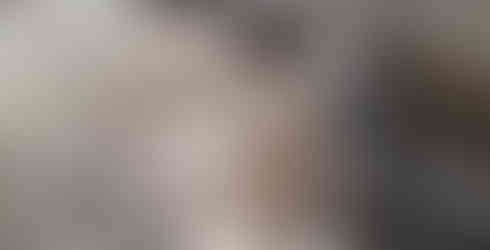

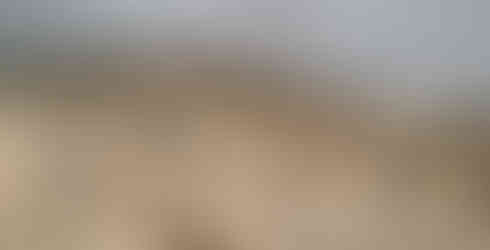

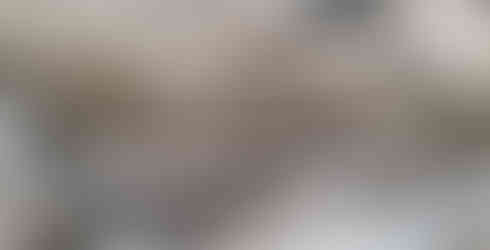





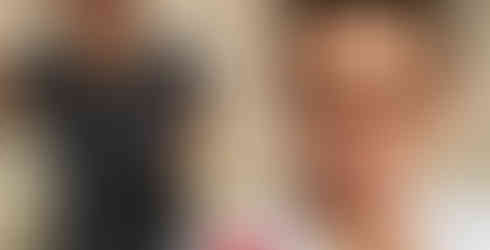





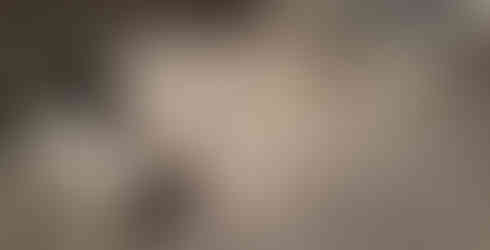

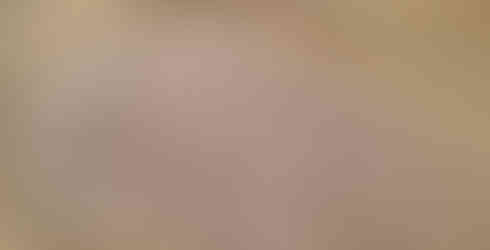

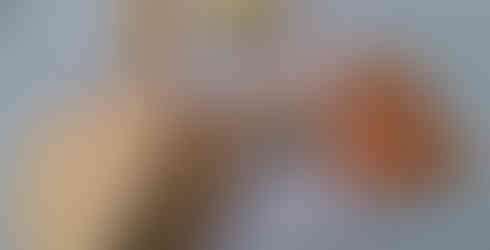



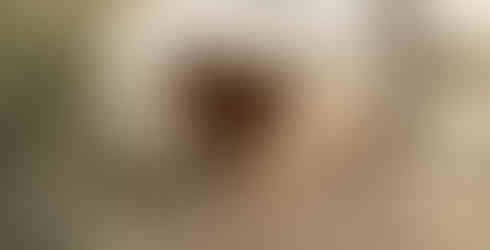




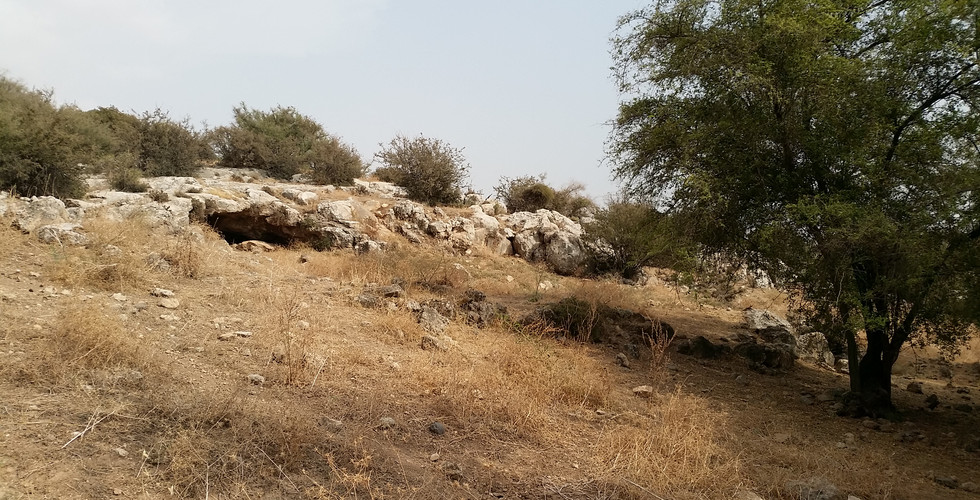


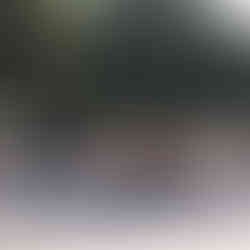

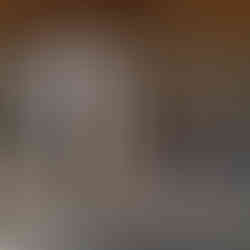


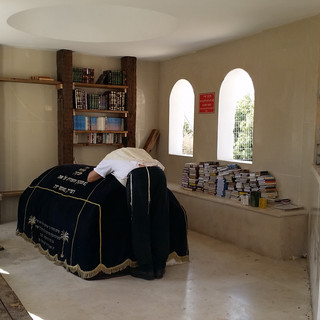
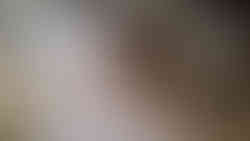



Comments